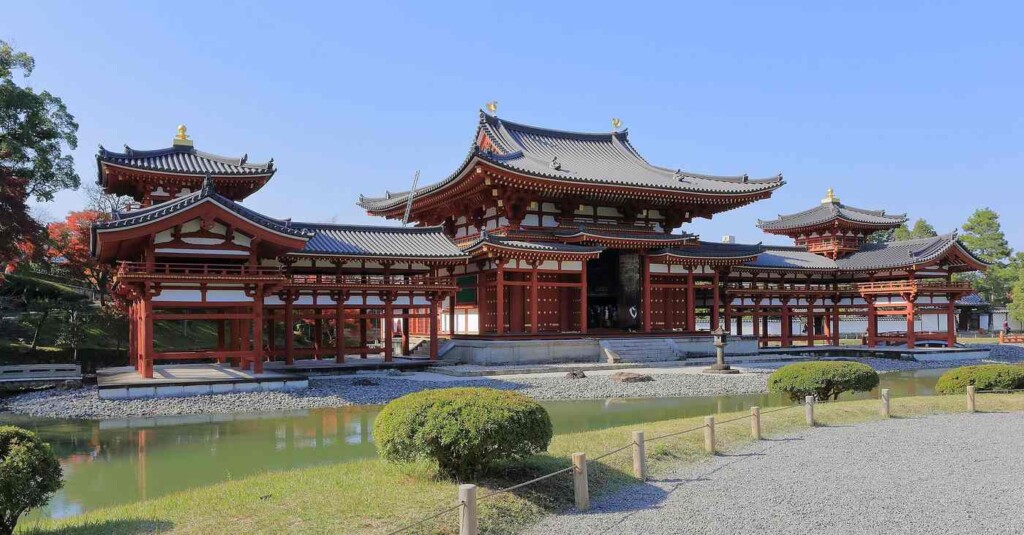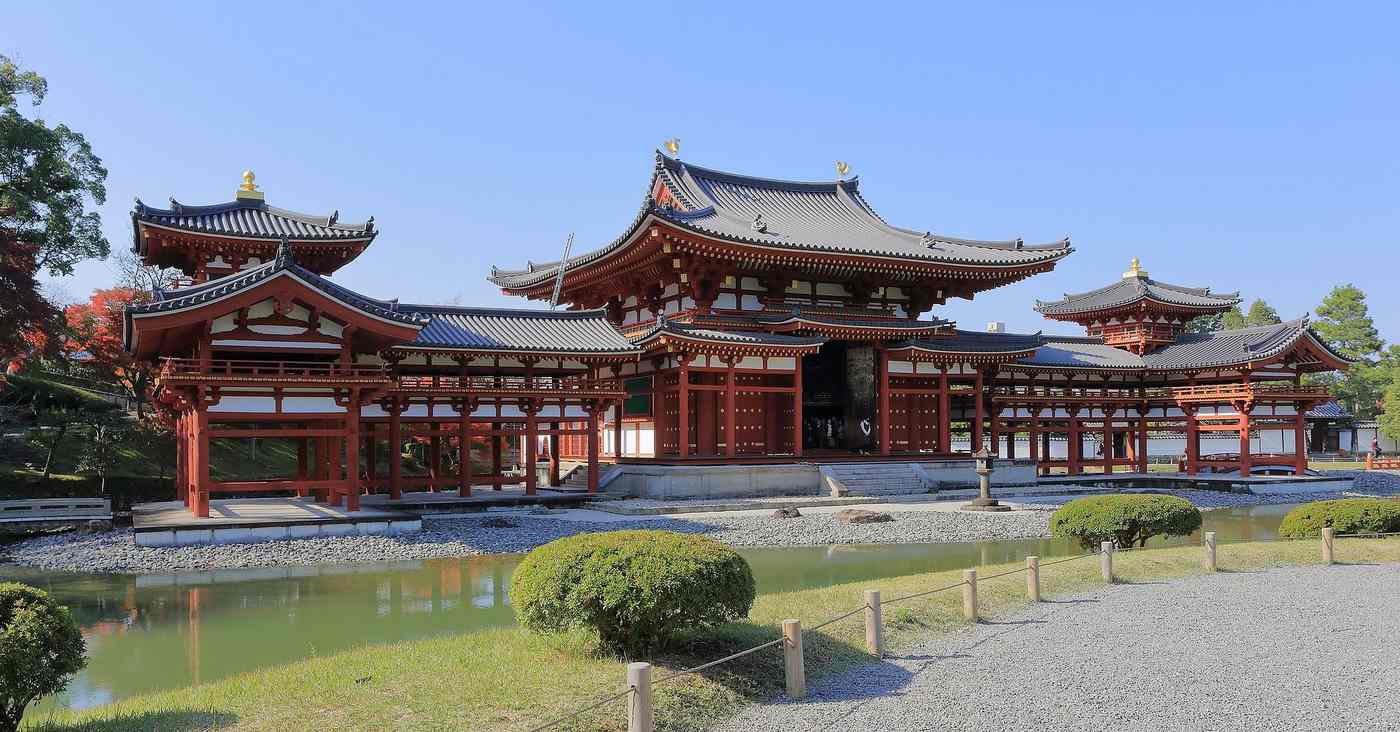
At a famous Buddhist temple in Japan, pots of lotus flowers augment the already breathtaking scenery of the temple—but they’re more than what they seem.
The lotus is a foundational part of Buddhist iconography, but the plants sitting in front of the UNESCO World Heritage Site of Byōdō-in Temple in Uji were grown from seeds found buried in a layer of dirt from a pond dug by monks there over 200 years ago.
The seeds were recovered when the pond was excavated 25 years ago, and are now bearing a special kind of lotus flower variety—Byōdō-in Temple Lotus. Milky white and diaphanous, the monks say they are pleasing to look at during a moment of stillness.
The flowers are quite similar to those depicted on the ancient murals of the temple’s Pheonix Hall, called Hou-ou-do in Japanese, reports NKH World.
The fact that after 200 years the seeds were still capable of growing into a plant epitomizes the true nature of the lotus plant—not as a dainty ornamental, but as a hardy survivor; anyone familiar with lotuses know they continue to bloom even if the water is filthy and contaminated.
MORE BEAUTIFUL SIGHTS: Millions of Wildflowers Now Delight the Town After Vermont Couple Got Tired of Mowing the Lawn All Day
Temple officials, who place around 50 pots of lotus plants around the temple every season, said the flowers began to bloom last week. They added that many buds are being formed and the color of the flowers appears good. They will last until mid-July.
WATCH the story below and see the flowers…
SHARE This Beautiful Flower And The Amazing Story Of Its Rebirth…




















